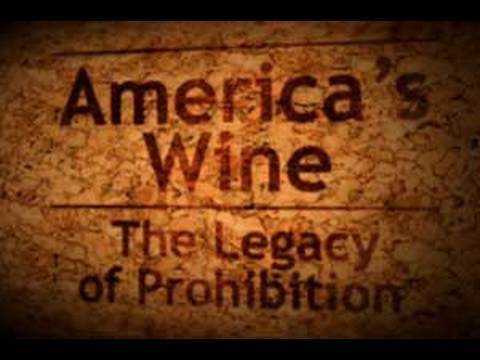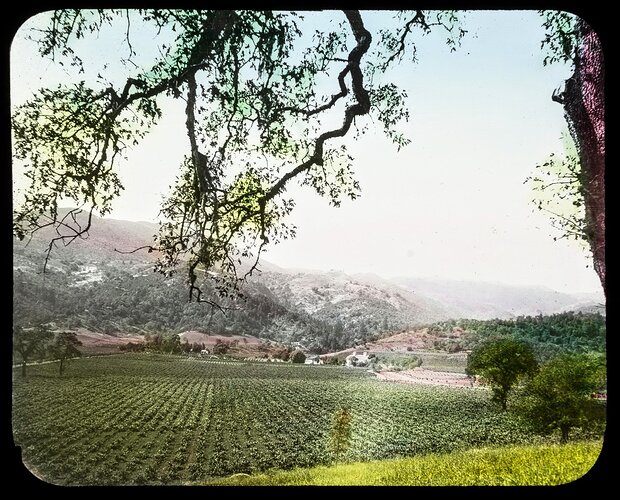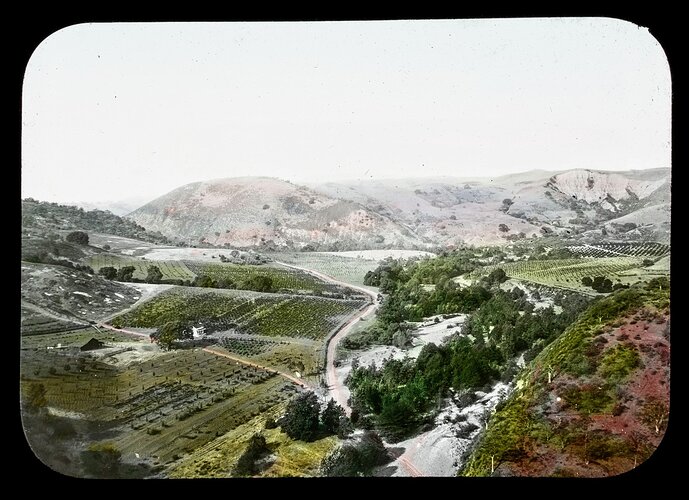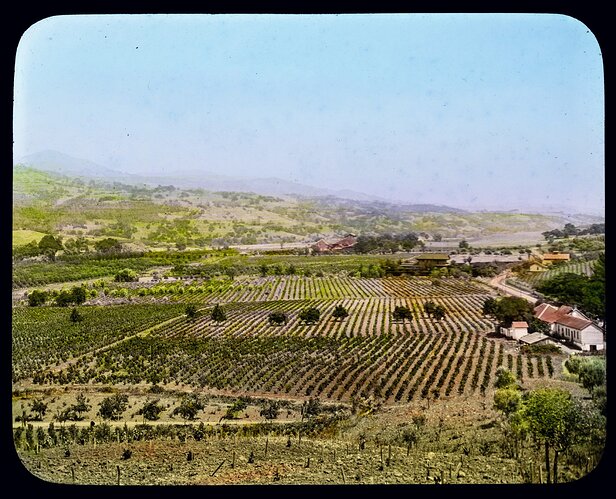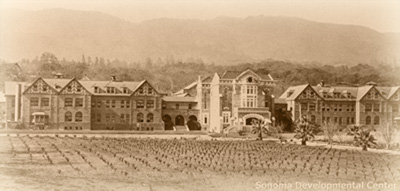The Bancroft Library began working to create its first film project, the documentary “America’s Wine: The Legacy of Prohibition”. It was released in 2008, with a limited number of screenings.
UC Berkeley Bancroft Library
Regional Oral History Office
“America’s Wine: The Legacy of Prohibition”
"This documentary offers an unprecedented overview of the legacy of National Prohibition and its continuing impact on the wine industry and everyday lives of Americans. Marking the 75th Anniversary of Prohibition’s Repeal, it brings to life never-before-seen archival photographs and film clips, and features nearly forty interviews including those who experienced Prohibition, historians, winemakers, members of Congress, and public policy experts.
“Among those filmed are Kevin Starr, California Librarian Emeritus, Leon Panetta, former Chief of Staff for President Bill Clinton, as well as legendary winemakers Brother Timothy, Robert Mondavi, and Ernest Gallo. The interviews chronicle the rebuilding of the wine industry and the emergence of a new American wine culture. Equally significant are the insights fueling the continuing societal debate over the issue of alcohol in America.”
· “Project History” (About)
· “Documentary Trailer”
Oral History Center of the Bancroft Library YouTube video
Trailer “America’s Wine: The Legacy of Prohibition”
November 9, 2009
· “Documentary Synopsis”:"This documentary offers an unprecedented overview of the legacy of National Prohibition (1920-1933) and its continuing impact on the wine industry and everyday lives of Americans.
"Covering a span of one hundred years of winemaking up to the present day, the film tells the story of how the leading entrepreneurial wine families overcame obstacles to rebuild the American wine industry, which had been decimated after National Prohibition and its Repeal.
"From within this historical context, the film also explores the most significant news-making subject areas in today’s media that reveal Prohibition’s legacy: laws governing direct shipping of wine to consumers; scientific research that influences alcohol and health policy; and the changing global marketplace. By examining these topical issues, the documentary directly connects our past to our present, and explains how two Constitutional Amendments enacted decades ago - the 18th and 21st - continue to uniquely affect the production, distribution and commerce of alcoholic beverages throughout the 50 states and overseas.
"Marking the 75th Anniversary of Prohibition’s Repeal, the documentary brings to life never-before-seen archival photographs and film clips, and features nearly 40 interviews including those who experienced Prohibition, historians, winemakers, members of Congress, and public policy experts. Contributing informed and balanced commentary, the documentary chronicles the rejuvenation of the American wine industry and the emergence today of a new American wine culture.
"Among those filmed are:
- Dr. Kevin Starr, CA State Librarian Emeritus
- Dr. Thomas Pinney, Professor Emeritus at Pomona University and author of, A History of Wine in America
- Ernest Gallo (94 years old when filmed, since deceased), legendary marketer who, together with his brother Julio, created the largest family-owned winery in the world
- Robert Mondavi (90 years old during this final interview, since deceased), winemaker instrumental in developing an international reputation for the California wine industry
- Brother Timothy (92 years old during this final interview, since deceased), winemaker who helped rebuild the wine industry after Repeal
- Abe Buchman (90 years old during this final interview, since deceased), Constitutional law expert who worked with wineries after Repeal
- Dan Turrentine, (95 years old during this final interview, since deceased) former San Francisco journalist during Prohibition
- Leon Panetta, Chief of Staff during the Clinton Administration who provided White House oversight for science and public policy
- CA Congressman Mike Thompson (D), co-chair of the Congressional Wine Caucus
- CA Congressman George Radanovich (R), co-chair of the Congressional Wine Caucus
- Dr. Phil Lee, former Assistant Secretary of Health in both the Johnson and Clinton Administrations, Chancellor Emeritus of UC San Francisco
- Art Libertucci, during his tenure as Head Administrator of U.S. Treasury’s Tax and Trade Bureau
- Dr. Marion Nestle, Professor at NY University and best-selling author of What to Eat
- Tom Shelton (since deceased), former President, Joseph Phelps Vineyards
- Zelma Long, Owner and Head Winemaker, Vilafonte Vineyards, South Africa
- Kathleen Sullivan, former Dean of Stanford University Law School who successfully argued the historic U. S. Supreme Court case Granholm v. Heald
"Particularly noteworthy is the never-before-seen footage from the private 70th Anniversary of Repeal Luncheon, held on February 20, 2003 in San Francisco, and the celebration of Brother Timothy’s 75 years as a Christian Brother, held on May 17, 2003 in Napa. These events inspired historic reflections by pioneering winemakers, including Ernest Gallo (since deceased), Gene Cuneo (since deceased), Bob Rossi, John Miramarco, Sr., Al Cribari, Lou Foppiano, Sr., and Eric Wente on behalf of his mother Jean Wente, who also attended. Recognized for their indomitable determination and ingenuity, this group has been called the ‘Phoenix Generation’, for, as John De Luca, former President and CEO of Wine Institute, comments during his interview, ‘they literally had to rise from the ashes of Prohibition.’ Highlighting what is for some their last, and for others their only, on-camera appearances, the documentary pays tribute to the passing of this historic generation.
“Enlivened with personal stories and informed with historical observations, this comprehensive documentary is unlike any other program about National Prohibition and the wine industry. It traces the origination of complex, commercial and national policy issues regulating the wine industry and how they affect the American public today. Equally significant are the insights fueling the continuing societal debate over the issue of alcohol in America.”
· "Director’s Statement: Carla De Luca Worfolk"
· “Interview Transcripts”
· “Relevant Resources”
UC Berkeley Bancroft Library
Regional Oral History Office website:
